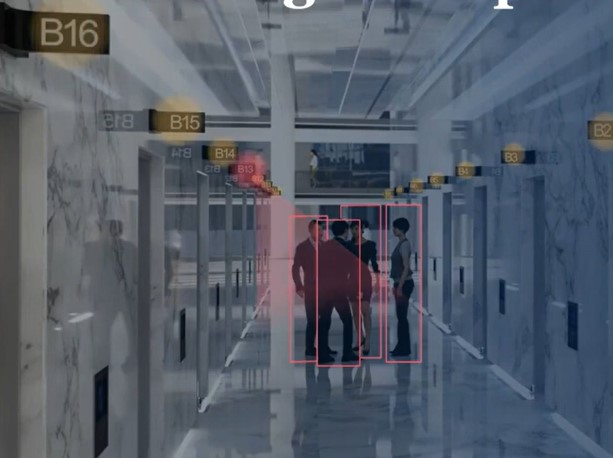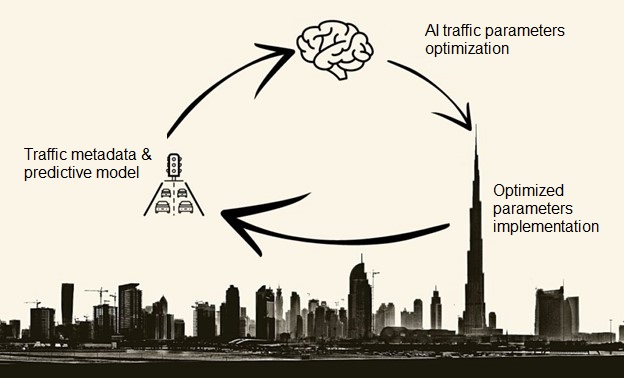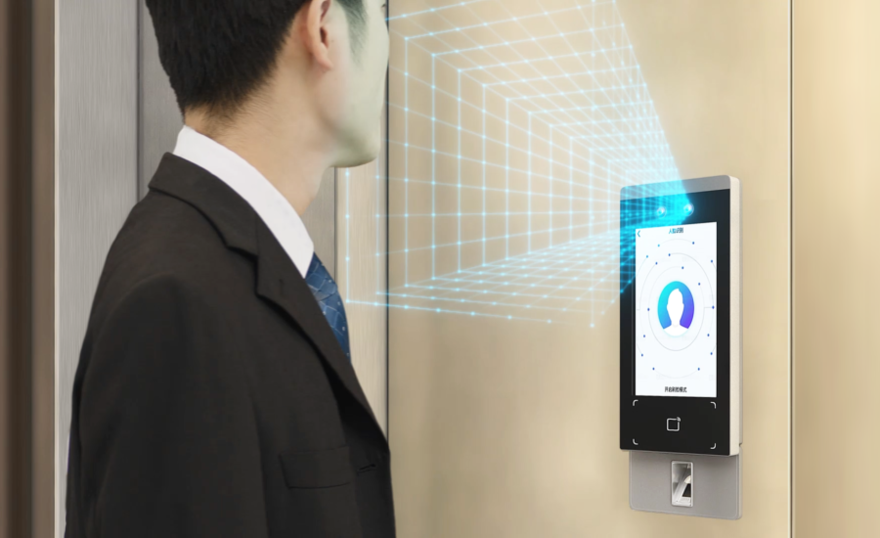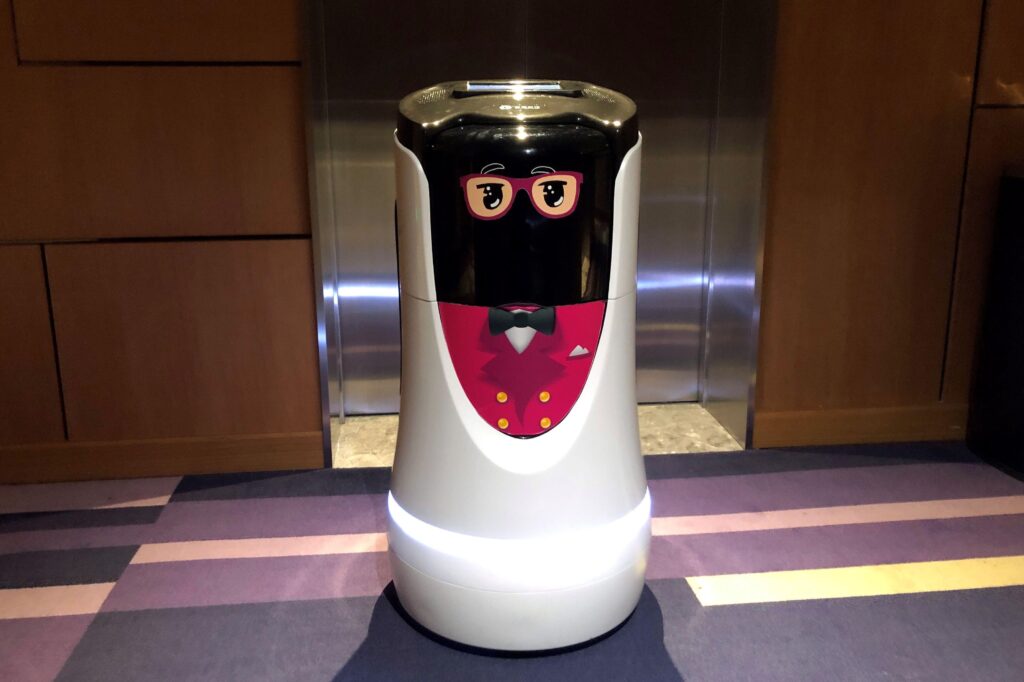EM – As the city grows, people’s expectations also change into more livable buildings. This pressure is placed on how engineers or facilities managers use artificial intelligence (AI).
Demand is growing
People’s expectations about the future of smart cities have evolved over time as science and technology progress and the benefits become more apparent. Some expectations were surveyed:
However, after the pandemic, a number of other needs also increased:
– Convenience: Elevators provide personalized service, have intuitive interaction, touchless experience.
– Flexibility: Building spaces should be designed to serve multiple purposes and can be rebuilt as needed. Therefore, the elevator needs to be easily upgraded to have more new features to meet many different needs.
Data scientists are working on Artificial Intelligence (AI), Machine learning, and Heuristic algorithm (2) to meet these growing needs.
Dispatching by AI
AI dispatching in elevators refers to the use of artificial intelligence algorithms such as Heuristic algorithms to control and optimize the allocation of elevators for each floor in a building. Algorithms analyze passenger traffic patterns in the building and predict elevator usage in real time.
The AI dispatch system continuously learns and improves over time, taking into account variables such as the number of passengers, the destination floor, and the current state of the elevator.
Machine learning predicts demand and makes informed decisions about:
– Prediction of passenger traffic
– Prediction of elevator stop
– Predict daily situations
– Automatic performance tuning
Prediction of elevator stop is one of the important applications of AI. Here the system collects the data for many months to create a traffic prediction model.
Every morning, the system predicts where demand is coming from and stops the elevator beforehand. A study has shown that the app can reduce passenger waiting time by up to 10%.
In addition, the system also uses microwave radar on the display board outside the floor to accurately predict and coordinate the cabin with a suitable capacity for the group of people waiting for the elevator at the landing, avoiding the elevator stopping at the floor but the cabin is fully loaded.

OptiSense sensor with short wavelength technology is installed on the signage and counts the number of people behind each call – Source: International Facility Management Association
Auto adjust
The AI dispatch system has an integrated digital twin of the virtual model of the building and the elevator system. This allows elevator manufacturers to simulate and optimize elevator traffic.
By using machine learning algorithms to analyze real-time data from sensors and other sources, AI can create accurate models of people entering and leaving a building and predicting elevator usage. This can help manufacturers identify potential problems and fine-tune elevator schedules to improve performance and reduce wait times.

Traffic metadata helps AI optimize elevator parameters in elevator design and operation – Source: International Facility Management Association
User interface
The ways AI is being used to improve communication between humans and elevators are:
Voice-activated control: AI-powered voice-activated control can allow users to operate elevators using natural language commands. This can improve accessibility and convenience for people with disabilities or limited mobility.
Facial recognition: AI can be used to recognize a user’s face and determine usage permissions. This can increase security and reduce the risk of unauthorized lift use.
Touchless controls: AI can be used to create touchless controls for elevators, such as sensors that can detect a person’s hand gestures to select floors or open and close elevator doors. This eliminates the risk of spreading germs, especially in high-traffic areas. Complex diseases, spreading in the future like Covid-19 can be minimized thanks to this new technology.
Personalized User Experience: AI can be used to create a personalized user experience in an elevator by analyzing user data and preferences. For example, an elevator can adjust lighting, music, or temperature based on the preferences of the passengers who are using it.
Virtual Assistant: An AI-powered virtual assistant that can provide information and assistance to elevator users, such as directions to different floors, emergency alerts, or announcements of events in the building.

Facial recognition and voice control applications are increasingly popular in the elevator industry.
A “smooth” experience
The use of smart technology is widely promoted after the pandemic to create a “smoother” elevator experience. The device can be fully automated and personalized. You can call the elevator, coordinate the elevator by phone or smart watch. You can plan your journey to automate the entire experience and make travel more convenient. The end result is minimal waiting time. Elevators are programmed to work in harmony with passengers.
APIs
APIs (Application Programming Interface) are a set of protocols and tools used to build software applications. AI can help the elevator industry by providing APIs that allow elevators to communicate with other building systems to share data and coordinate building operations. For example, elevators can share information about passenger traffic patterns, energy usage, and maintenance needs with a building management system to optimize building performance.
Furthermore, APIs services can allow elevators to communicate with a third-party application to customize elevator operations: APIs services can allow building owners and operators to customize elevator operation to meet the specific needs of the building and their tenants. For example, APIs services can be used to adjust elevator speeds, opening times and other parameters./.

The robot acts as an elevator operator to pick up passengers as soon as they enter the building.
Note:
(1) Carbon footprint: The total amount of greenhouse gas emissions produced by human activities, especially during the burning of fuels such as coal, oil and gas. These emissions are mainly composed of carbon dioxide compounds, one of the causes of global climate change
(2) Heuristic algorithm: a method of problem solving that uses practical methods and “rough rules” to find a solution that may not be the best or optimal but still good enough for the problem to be solved. These methods are often based on experience or general knowledge of the problem and are used to quickly find a solution when the optimal solution is unknown or when finding the optimal solution is not computationally feasible.
Ha My



